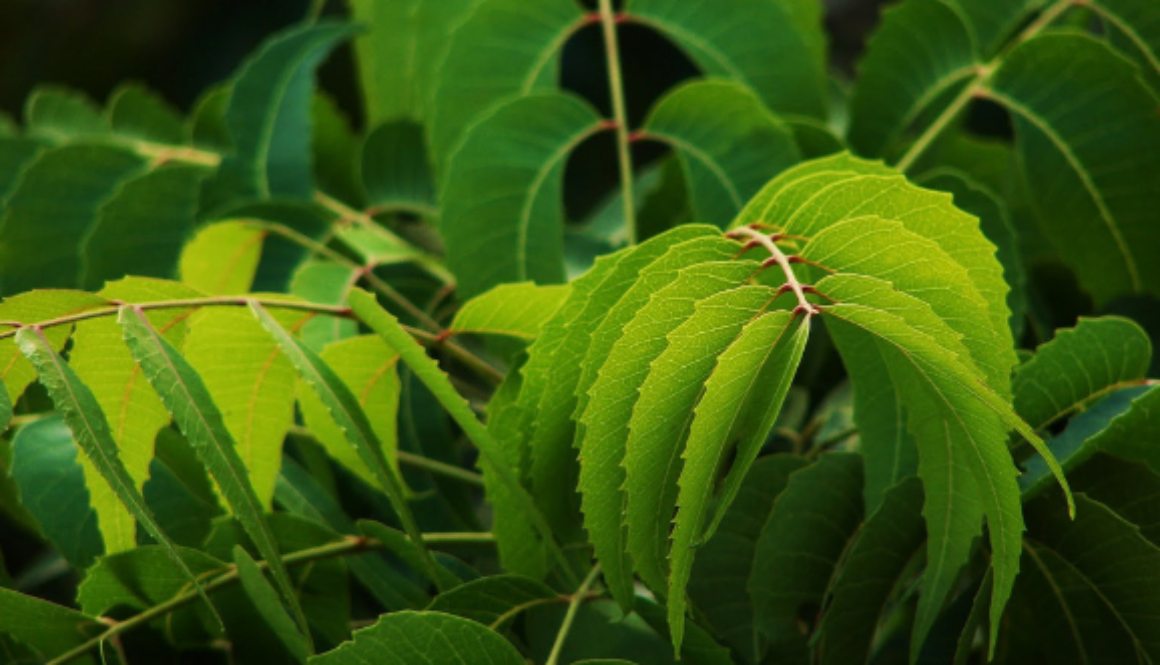Margosa
hello Blog Margosa benefits, Margosa cultivation, Margosa in Ayurveda, Margosa leaves, Margosa medicinal properties, Margosa oil, Margosa pest control, Margosa plant, Margosa propagation, Margosa seeds, Margosa skin care, Margosa soil requirements, Margosa traditional uses, Margosa tree, Margosa uses 0
Margosa, also known as Neem, is a versatile evergreen tree native to the Indian subcontinent and parts of Southeast Asia. Revered for its myriad of medicinal and pesticidal properties, Margosa has been used for centuries in traditional Ayurvedic medicine and agriculture practices.
Part Used: Various parts of the Margosa tree are utilized for their medicinal and pesticidal properties. The leaves, seeds, bark, and oil extracted from Margosa are rich in bioactive compounds like nimbin, nimbidin, and azadirachtin, which possess antifungal, antibacterial, antiviral, and insecticidal properties.
Usage: Margosa is widely used in traditional medicine for its therapeutic benefits. The leaves are commonly used to treat skin disorders like acne, eczema, and psoriasis, as well as to alleviate digestive issues and boost the immune system. Margosa oil is used topically to moisturize the skin, soothe inflammation, and repel insects. In agriculture, Margosa is used as a natural pesticide to control pests like aphids, caterpillars, and mites, without harming beneficial insects or pollinators.
Agrotechniques: Cultivating Margosa requires a warm, tropical climate with well-drained soil and ample sunlight. The tree is drought-tolerant and can thrive in poor soil conditions, making it suitable for marginal lands. Margosa can be propagated from seeds, which should be soaked in water for 24 hours before planting. Planting is typically done in spring or early summer, with spacing of 10 to 15 feet between trees to allow for proper growth. Regular watering and occasional fertilization promote healthy growth and pest resistance.

